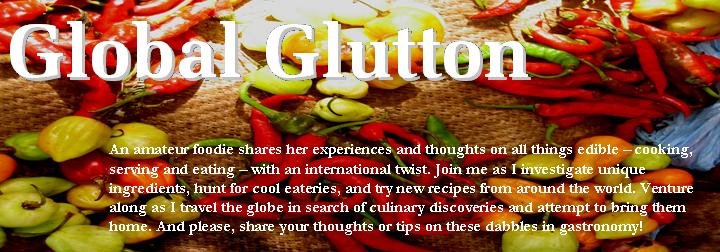
A fan of locally-owned cafés with lots of character, I found plenty of places to enjoy a cup of coffee or light foods in CT. Mr. Pickwick’s Deli on Long Street was one of my favorites. The joint turns into a chill bar in the evenings too, where you can enjoy a nice glass of South African wine and read about upcoming concerts and art events. Afro Café, on the antique-covered 
Frieda’s Café, on
But the dining experience I remember most was our last night in town, when we treated ourselves to dinner at the Savoy Cabbage Restaurant & Champagne Bar. A “New South African” restaurant, it’s one of CT’s most celebrated – and for good reason. I’m joining its throngs of international fans. Elegant without overwhelming, the restaurant’s exposed brick contrasts with modern glass and metal fixtures, and bespeaks a casual-chic that’s also conveyed in the menu options. The ambiance is polished but laid back enough to enjoy meals with friends and family without frills or excessive formality. The Savoy Cabbage's L-shaped dining room is split into two levels with a slight view of the kitchens. That’s where the restaurant’s cooking staff works its magic, capturing the flavors of seasonal South African ingredients in masterfully melded dishes.
Take my favorite starter, for instance, a tomato tart with a practically perfect crust. Simple, but well executed and full of flavor. Some dishes incorporate unexpected flavor combinations. We tried one starter of chicken liver pate coupled with stewed plums and artisanal bread which was unusual but delicious. Chef Peter Pankhurst even managed to make tripe appetizing! My friend Paul braved a main course of tripe cooked in a smoky, tangy flavored tomato sauce that has made him a dedicated fan of this difficult-to-make-appetizing cut of meat. I was very pleased with my choice as well, a filet of yellowfish prepared with a light herb sauce, potatoes and sugar snap peas. The restaurant’s wine list was equally stellar – I enjoyed a glass of Lourensford Sauvignon Blanc 2004 with my meal, a nice complement to the light fish, and which was perhaps the best SB I’ve had in recent memory.
From décor to food and drink pairings, owner Caroline Bagley and her team have done a great job. After traveling across the globe to the southern tip of



